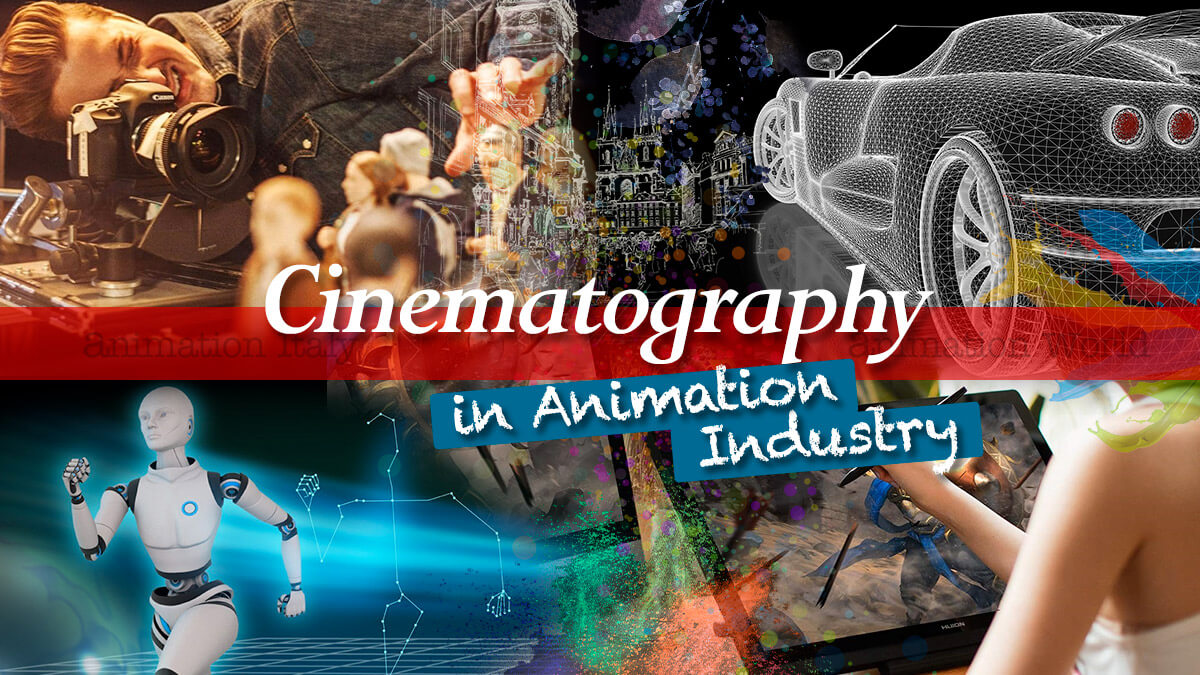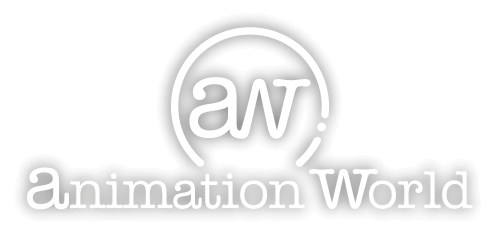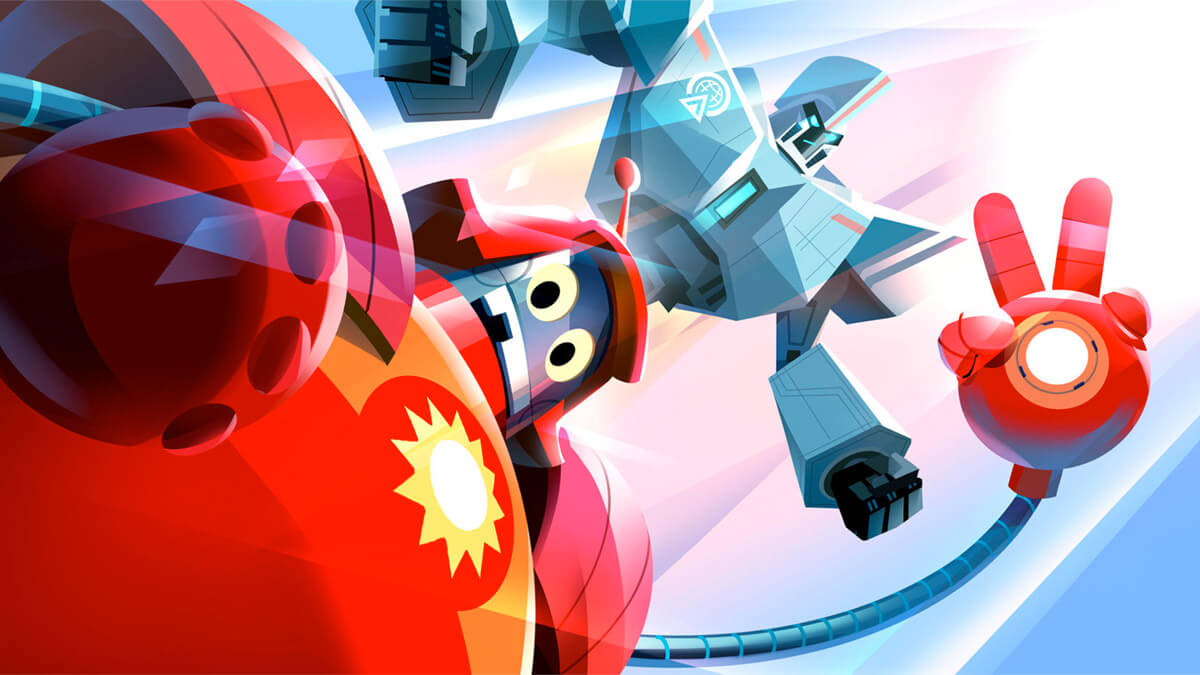
May 1, 2021

Cinematography: How Spider-Man: Into The Spider-Verse was made
Read...

Our professional Cinematography in Animation Industry column shows us how lights, blur, 2D illustrations in 3D scenes and more have created a masterpiece.
The feature film we are dealing with today is undoubtedly one of the best in recent years in terms of conception and realization, capable of amusing the public and astonishing the critics: Spider-Man: Into The Spider-Verse.
Different from other animated feature films and also different from other films starring Spider-Man, it is made with a style never seen before, indeed a mix of styles and also a real tribute to comic books.
A production that saw 177 animators and a number of scenes two or three times higher than other films of the genre, which affected the speed of the narration. Another important element was the frame rate with which the production was conceived, not the usual 24 frames per second (fps) with one image per frame (on ones) but alternating this with the version with two (on twos) in which the doubled-up characters tend to be seen snappier or slower (sort of like 12 frames x 2).
Other examples are the use of the "smear" technique that creates a strange sense of movement typical of hand-drawn cartoons with unnaturally duplicated elements, instead of the classic "motion blur" used to make animations more "soft" and real.
But there are also innovations that make the film an entire comic book, with still images (freezed) decorated like the center pages of the comic books, richly illustrated and often drawn in 2D. We also find excess colors, blur and dot fills (typical of comics). In addition, the presence of different Spider-Man gives the possibility to the production to multiply and customize the styles according to the character. An immense effort that amply rewarded the result.
[ Fra - source Movies Insider ]
The feature film we are dealing with today is undoubtedly one of the best in recent years in terms of conception and realization, capable of amusing the public and astonishing the critics: Spider-Man: Into The Spider-Verse.
Different from other animated feature films and also different from other films starring Spider-Man, it is made with a style never seen before, indeed a mix of styles and also a real tribute to comic books.
A production that saw 177 animators and a number of scenes two or three times higher than other films of the genre, which affected the speed of the narration. Another important element was the frame rate with which the production was conceived, not the usual 24 frames per second (fps) with one image per frame (on ones) but alternating this with the version with two (on twos) in which the doubled-up characters tend to be seen snappier or slower (sort of like 12 frames x 2).
Other examples are the use of the "smear" technique that creates a strange sense of movement typical of hand-drawn cartoons with unnaturally duplicated elements, instead of the classic "motion blur" used to make animations more "soft" and real.
But there are also innovations that make the film an entire comic book, with still images (freezed) decorated like the center pages of the comic books, richly illustrated and often drawn in 2D. We also find excess colors, blur and dot fills (typical of comics). In addition, the presence of different Spider-Man gives the possibility to the production to multiply and customize the styles according to the character. An immense effort that amply rewarded the result.
[ Fra - source Movies Insider ]
RELATED NEWS











 Animation World
Animation World